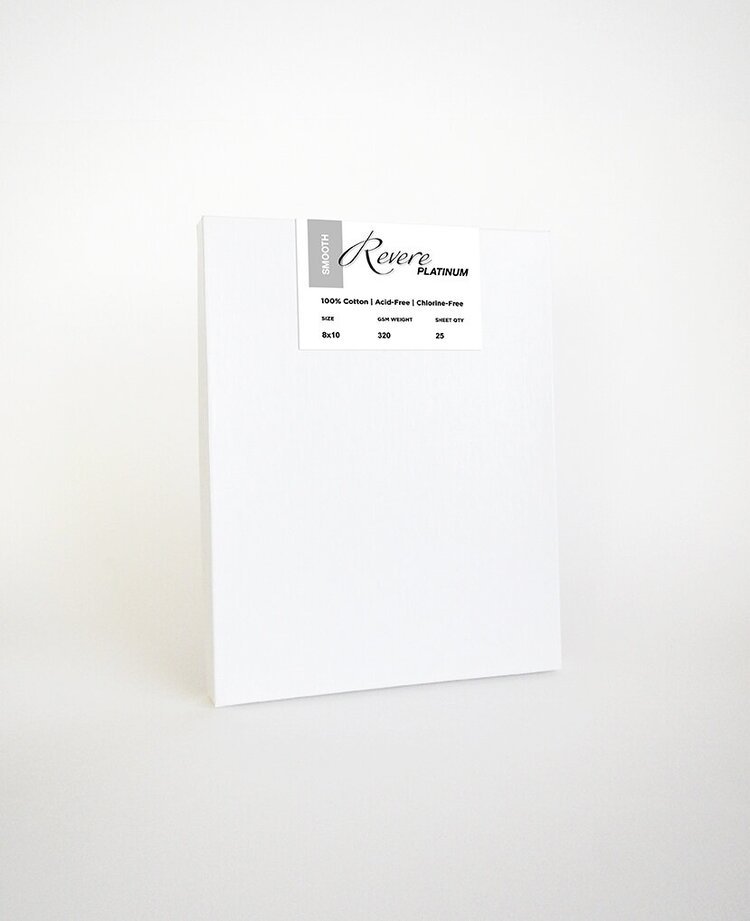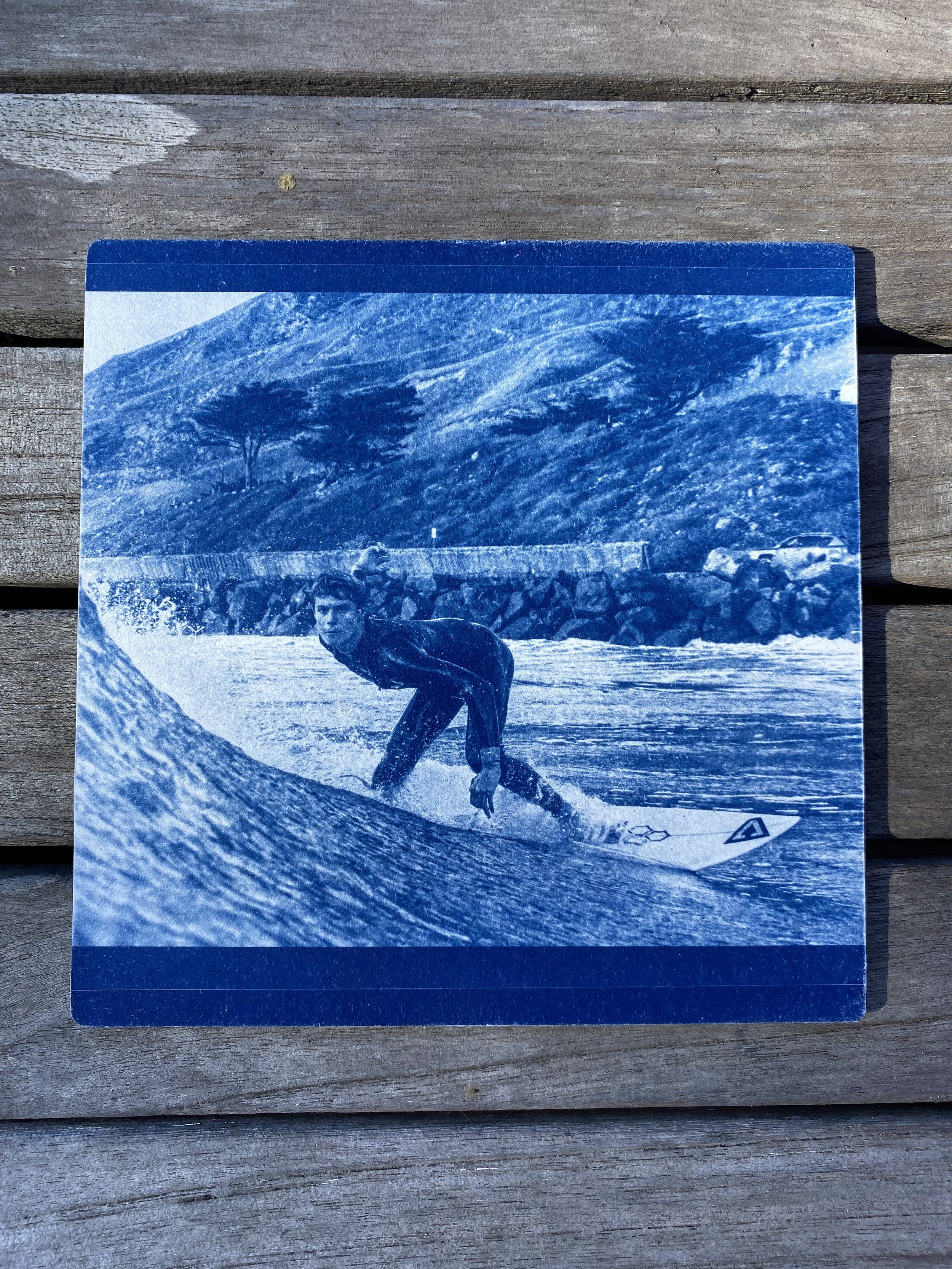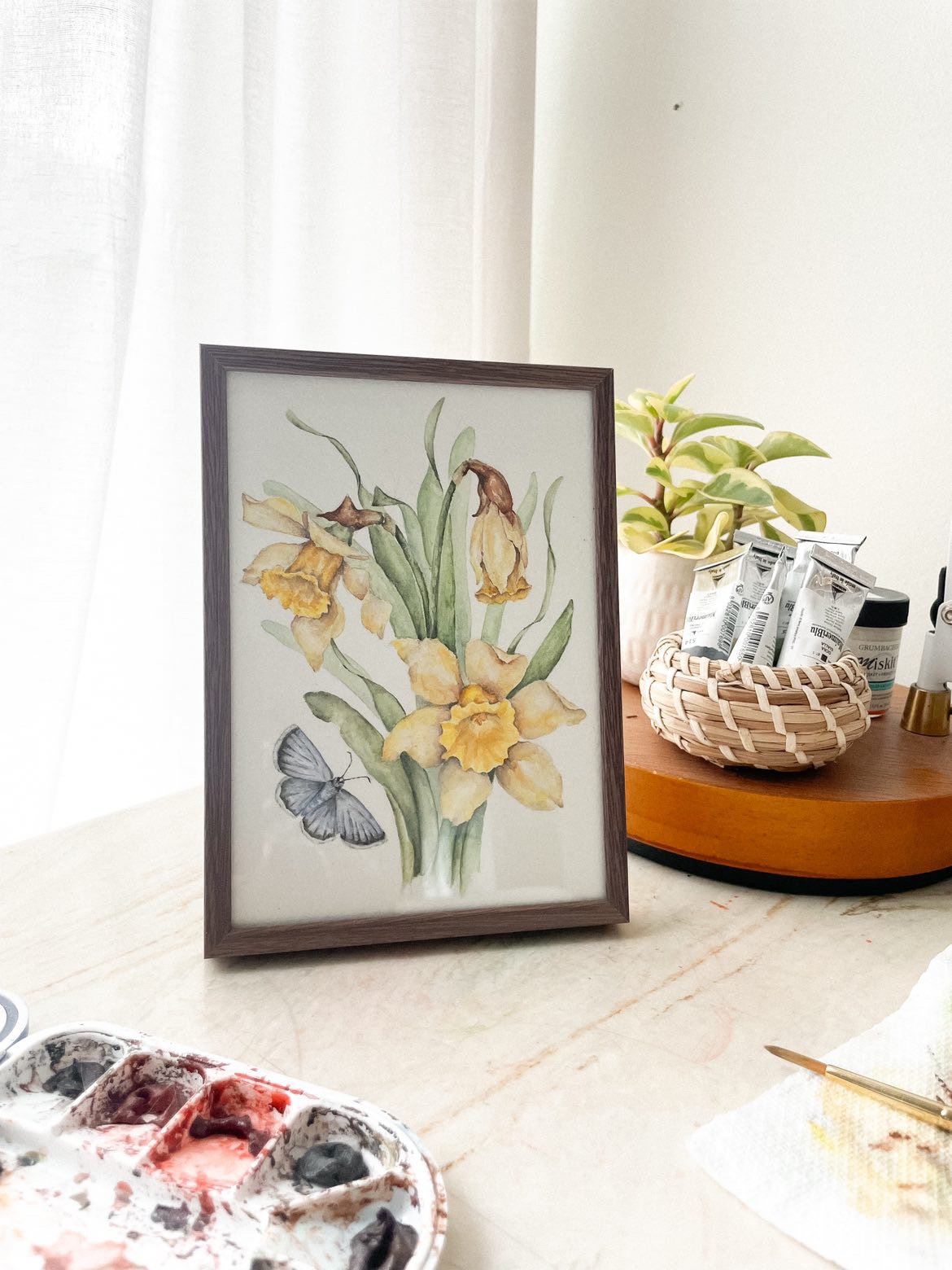Legion Paper sat down with Keith Gasch, Vice President at Fey Printing, to discuss a striking promotional journal project featuring Timberluxe wood veneer paper for the cover and Colorplan for the interior. With its bold gold foil, woodgrain aesthetic, and charming pun (“My Many Tree-mendous Thoughts”), this pocket-sized piece is a celebration of paper, print, and playful design.
Keith, this journal is gorgeous. Let’s start with the inspiration—what sparked the idea?
{Fey Printing} Thanks! We wanted something tactile, memorable, and pun-forward—a piece that would make people smile while showcasing premium materials. Timberluxe was the perfect match. The natural grain gives every journal a unique look, and the "tree-mendous" pun just clicked from there.
Timberluxe is certainly eye-catching. How was it to work with from a production standpoint?
{Fey Printing} Surprisingly smooth—literally and figuratively. Timberluxe has that real wood texture but it's flexible and sturdy enough to score and fold cleanly. For this cover, we used Timberluxe Cherry, and applied both gold foil stamping and letterpress printing in PMS 4975 directly onto it. The foil took beautifully, giving those woodgrain lines real dimensional pop
And what about the inside pages?
{Fey Printing} For those, we chose Colorplan Pristine White in 91lb Text weight that we digitally printed. It’s a fantastic writing surface—substantial but not bulky, and plays well with both ballpoint and gel pens. The light grey lines we printed keep it functional while letting the cover do all the visual heavy lifting
Any technical specs you’d like to share for the print nerds out there?
{Fey Printing} Sure! The journal is 3.5" x 5.5" with 36 pages. We letterpress printed onto Colorplan Pistachio for the inner fly sheet, then saddle-stitched everything together with a clean square fold. The Timberluxe was foil-stamped in Kurz Luxor 385 gold, and we used a steel rule die for finishing. No lamination, no tricks—just letting the paper and design shine.
Final thoughts?
{Fey Printing} This journal was a fun one. Timberluxe and Colorplan each bring their own character—together they tell a great story. And that’s what good paper should do, right?



























